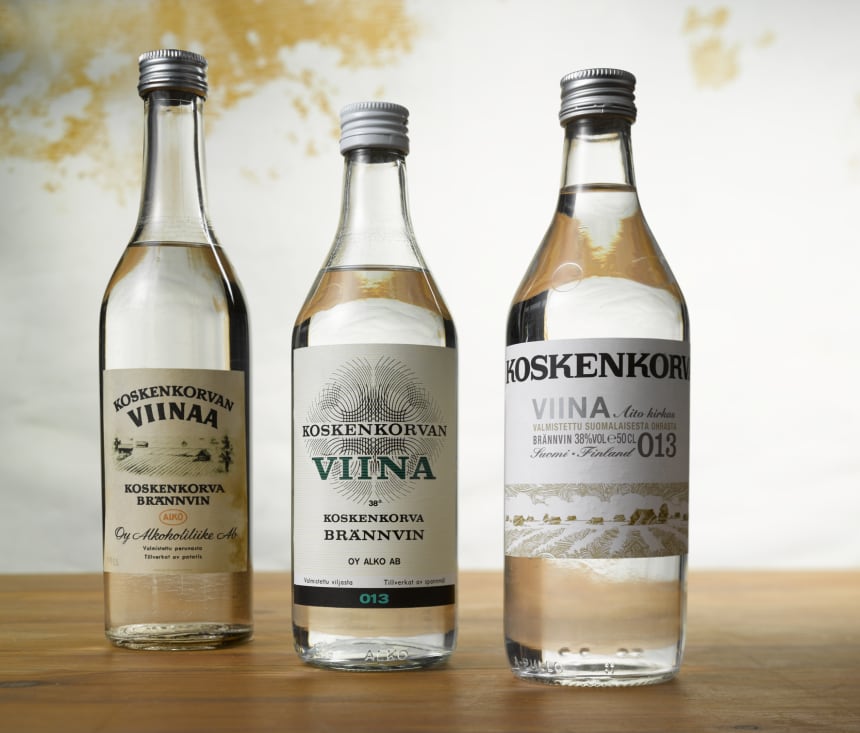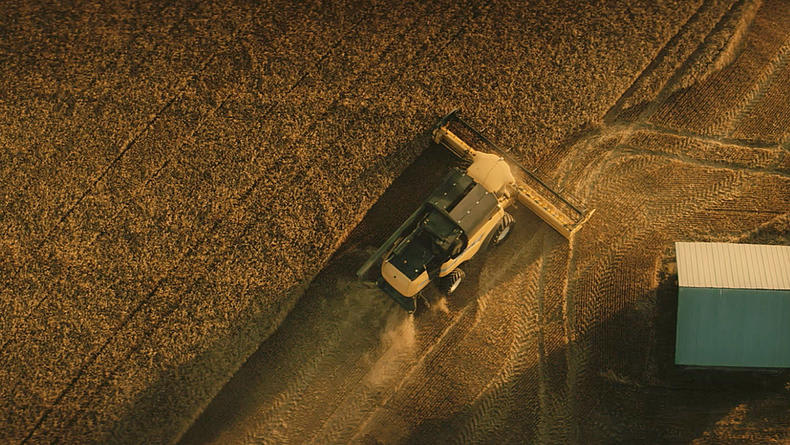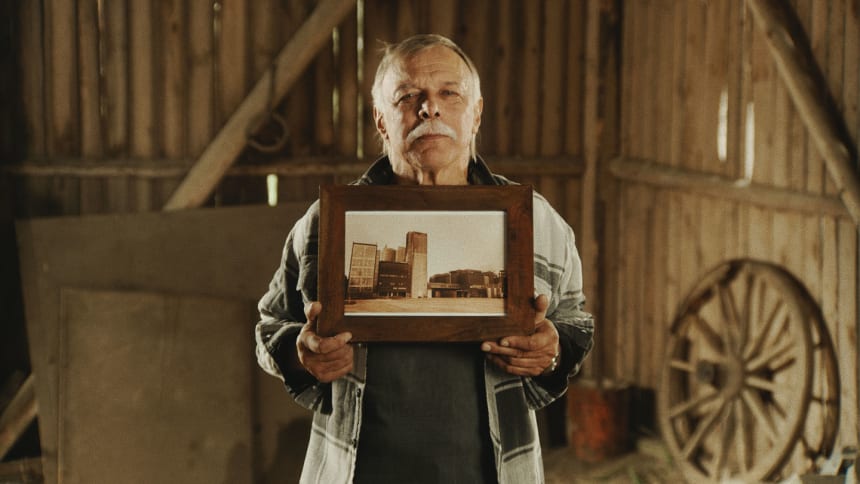The History of the Finnish Vodka

In the village of Koskenkorva, life isn’t complicated. We have good barley, pure water, dedicated local farmers and state-of-the-art distillation process. We work with nature’s best ingredients to create a smooth, honest vodka.
It’s as simple as that. For us, sustainability is a way of life. For all the sustainability work we do, we were awarded the Green Company of the Year award in the 2018 Drinks Business Green Awards.

A Long History from Potato to Barley - The Story of a Finnish Vodka
The Koskenkorva distillery, which is located in the village of Koskenkorva in Southern Ostrobothnia, has a long history dating back to the turn of 1930s and 1940s. Finnish alcohol monopoly, Oy Alkoholiliike Ab bought land from the Koskenkorva family, Jaakko and Elisabet Koskenkorva. On this land was built the Koskenkorva distillery, where the first experimental distillation took place in the spring of 1941.
In 1953, Koskenkorva village was thriving. The Finnish economy was recovering from difficult war era. Previous year, Helsinki Olympic Games had lifted up the moods of the whole nation. At Koskenkorva, a brand new distillery had been built and the first experimental distillation had taken place in the spring of 1941.In 1953 the production of spirits started for good. The first Koskenkorva product, Koskenkorva Viina, entered the market in 1953 with the idea that it can be used in mixed drinks or as chilled schnapps. It became the most popular spirit in Finland in 1960. Even today, Koskenkorva is Finland’s best-selling spirit brand. In the early days, Koskenkorva was distilled from potatoes but soon replaced by barley that grew well in the coastal, fertile fields.
During the short summer months, barley was stored in granaries in order for the supply to last during the long and harsh winter. Koskenkorva was first produced only in one format: in a half a liter bottle. The label on the bottle replicated the numerous barns and fields that still today dominate the landscape of Koskenkorva village. At Koskenkorva, the craft of cultivating barley has been passed on from generation to generation. All of those who nowadays contribute with their harvest to the making of Koskenkorva, proudly carry their special knowledge of the specific barley cultivars - such as Kaarle and Elmeri - that make the best possible vodka, excellent starch and juicy feed for several big cattle farms in the area.

A Mix of Vodka and Salty Liquorice was First Banned
Soon the Koskenkorva people discovered, that their very own Koskenkorva had not only become a national favourite but that it could be of interest worldwide. More variations in size and taste came along. In the 90's, a new product, Koskenkorva Salmiakki was introduced to the market. It was a combination of Koskenkorva and salty liquorice, a very popular type of candy among the Finns. It didn't take long that the new product had to be banned. The reason: it was selling too well.
The fame of Koskenkorva kept on growing. In Koskenkorva village, life continued as before. Barley grew on the vaste fields, the river floated still by the distillery and the farm houses nearby. The area of Ostrobothnia in Finland is known for its culture of no-nonsense. The Koskenkorva village was, and is, full of hardworking, straightforward and honest people. And that nature replicated in their vodka, too. Today, Koskenkorva vodka is available in multiple countries, and you can even found it in the USA and in the shelves of Marks & Spencer in London. The vodka from a village has come a long journey.

Where is Koskenkorva Located?
Koskenkorva is located in Southern Ostrobothnia, on the bank of Kyröjoki river. There are approximately 2200 inhabitants in the village, and the closest town, Seinäjoki, is around 28 km away. From capital Helsinki it takes 4 hours by car. The terrain is country-style field land and the most notable landmarks there are Santavuori hill and the Koskenkorva plant. Neighboring the plant there is the Koskenkorva railway station, which has been taken out of the public railway grid and is privately owned at the moment. Koskenkorva received its name from the railway station founded in 1911, which was named after a nearby estate of Koskenkorva.
